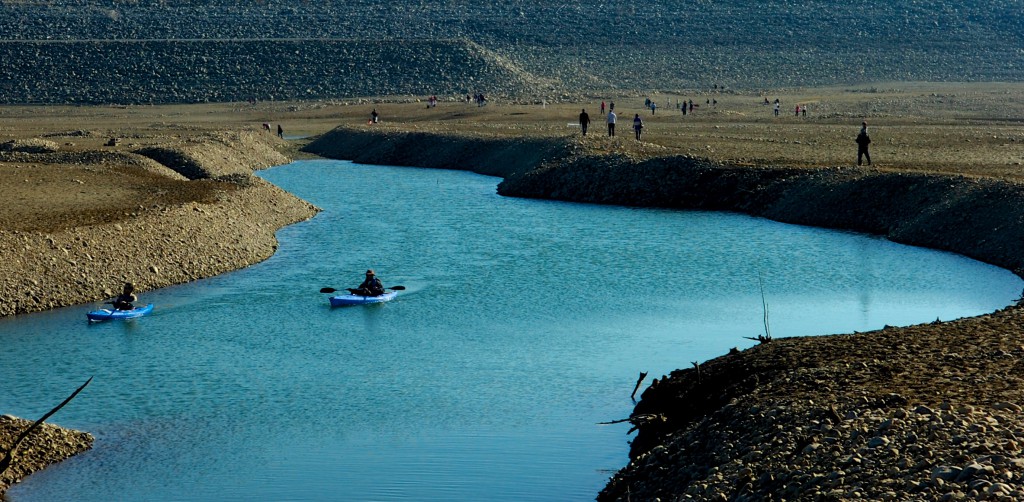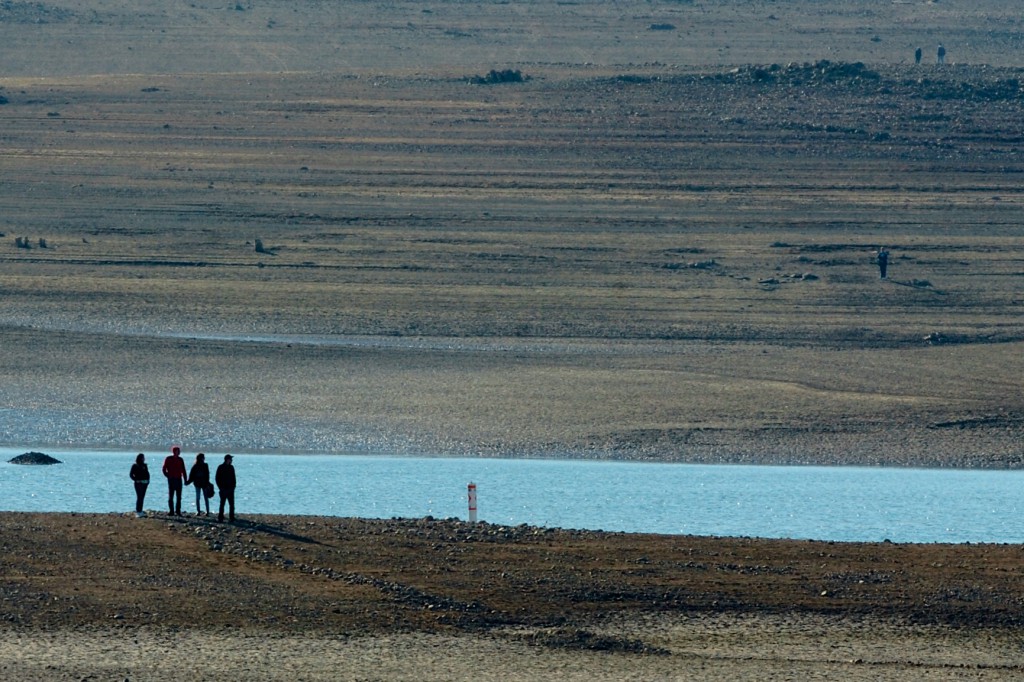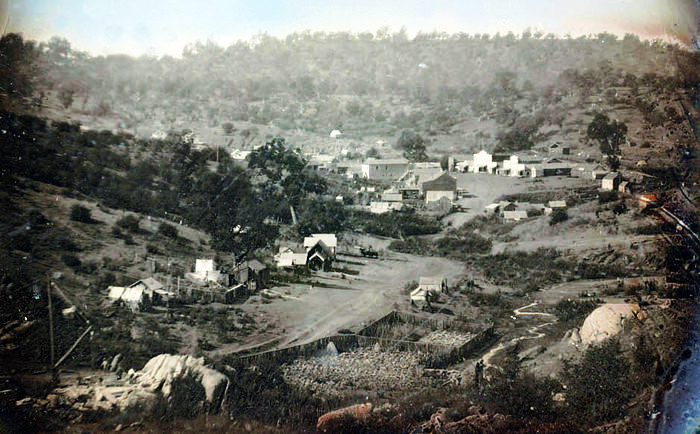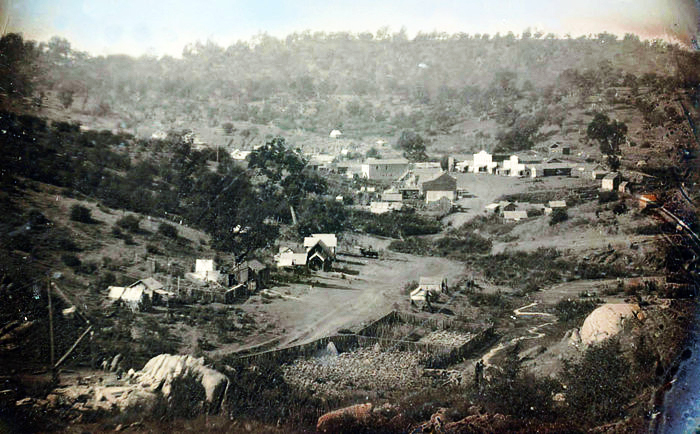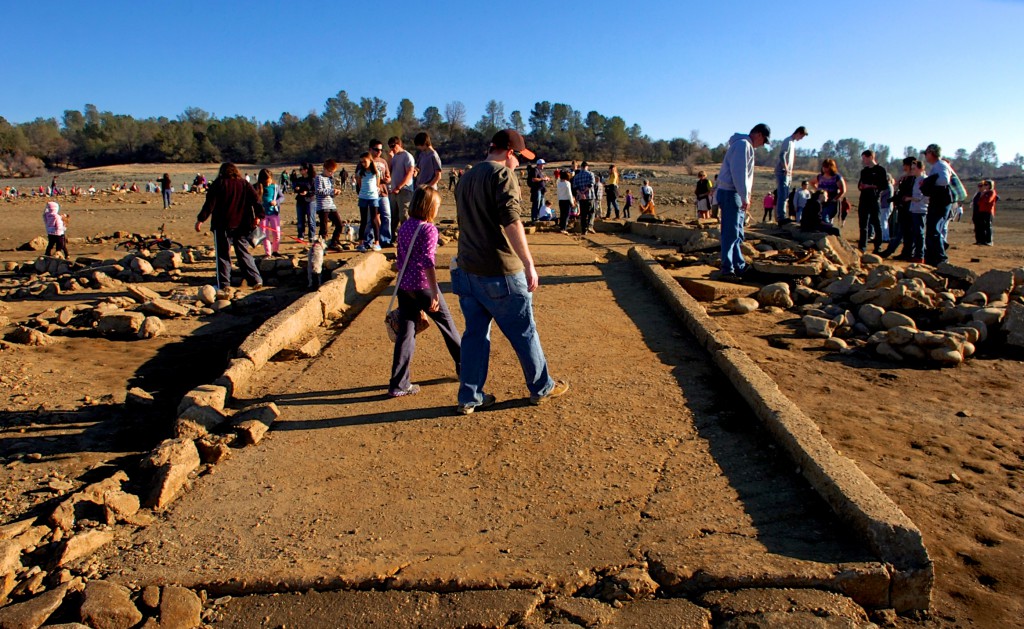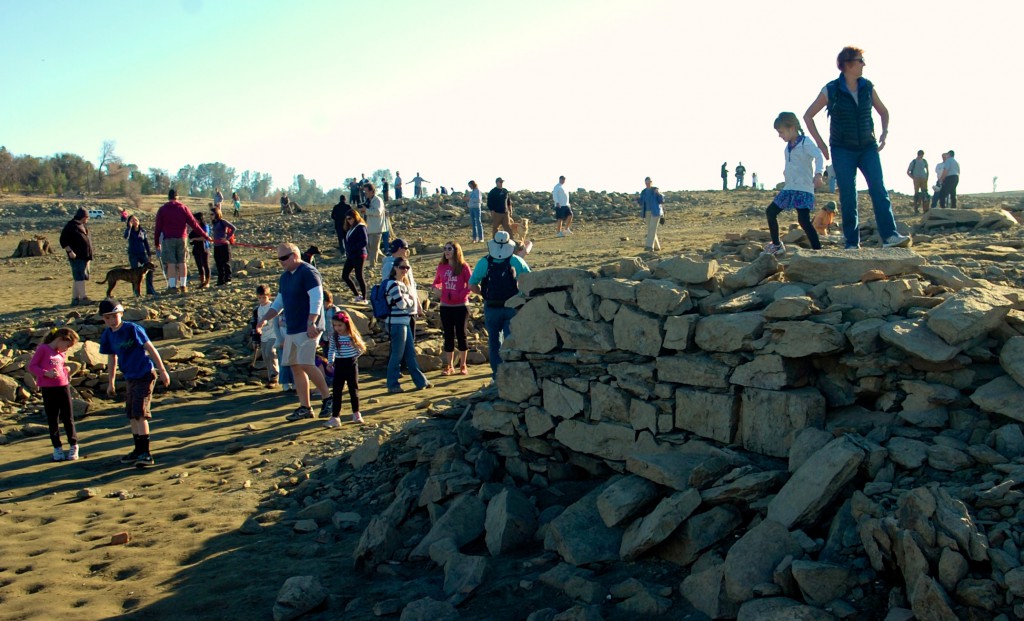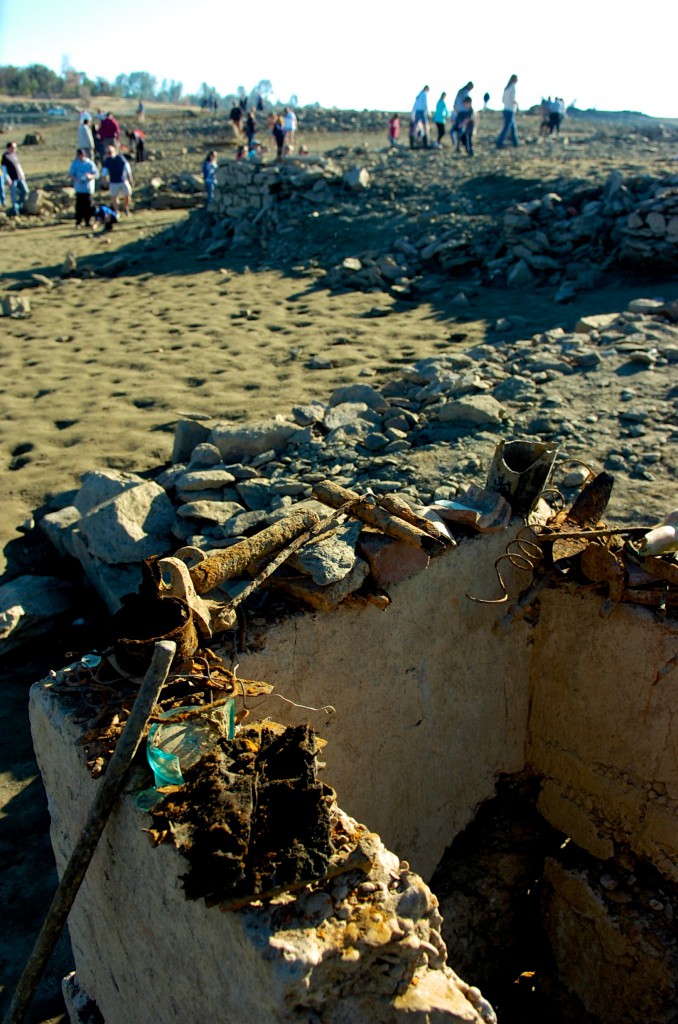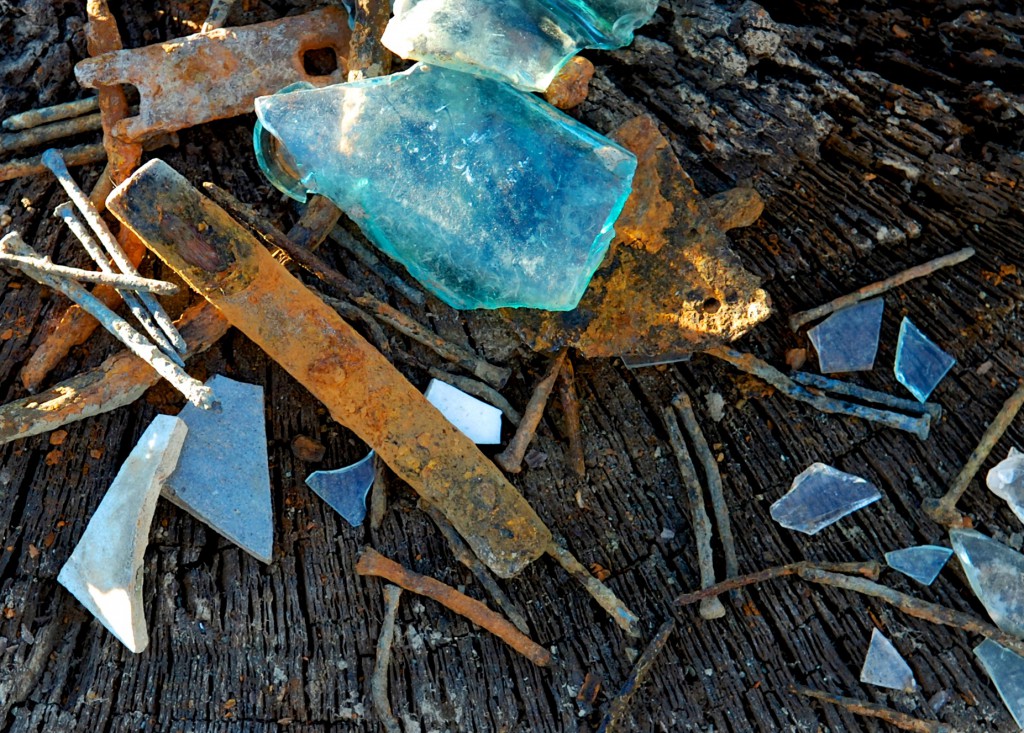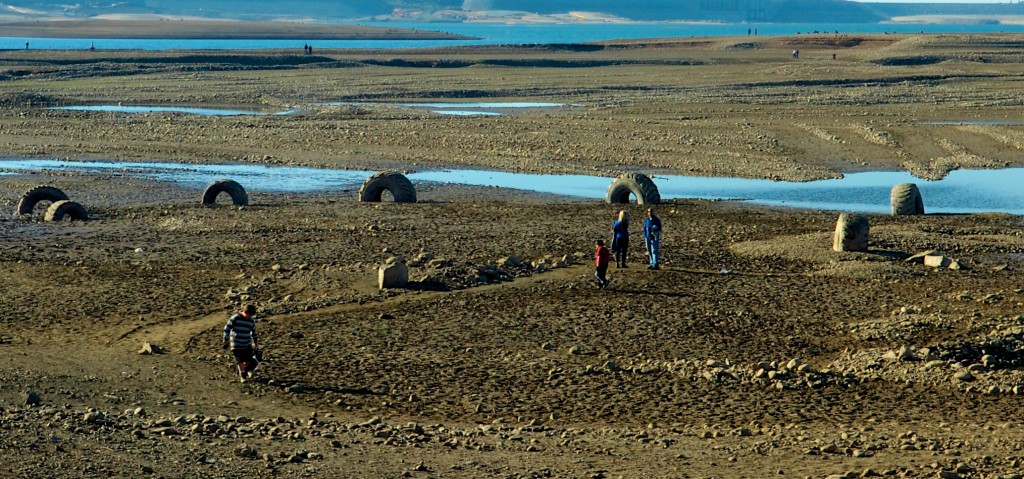Faced with historically low water levels on the American River and a long-range forecast providing little relief, the Sacramento City Council on Tuesday voted unanimously to enact severe water rationing on residents and businesses, while also boosting enforcement efforts against water scofflaws.
The council approved what city officials described as a “stage 2 water shortage plan,” requiring those who live and work in Sacramento to reduce their water use by between 20 percent and 30 percent.
Amid a sharp increase in the number of resident complaints against those violating winter outdoor watering restrictions, the city also plans to dispatch a task force of monitors to patrol city streets and enforce those rules. To assist in that effort, city officials said they would launch a $200,000 public outreach campaign to persuade city residents and businesses to cut back on water consumption.
“We’re the river city and yet here we are having to make very difficult decisions,” said Councilman Allen Warren.
Tracking the city’s precise water use could be difficult in the short term. With less than half the homes in the city using water meters, officials said they would not use those devices to track consumption and penalize metered homeowners and businesses that do not cut water use by 20 percent.
“It’s not our intent to treat those with meters differently than those without,” said Dave Brent, the director of the city’s Department of Utilities.
Instead, Brent said the city will increase its efforts to enforce winter outdoor watering restrictions that prohibit outside irrigation during the week. The city will also enforce regulations that also ban the use of water to wash sidewalks and driveways, demand that parks and cemeteries reduce watering and require residents washing automobiles at home to use buckets, not hoses.
Repeat offenders could face fines up to $1,000.

